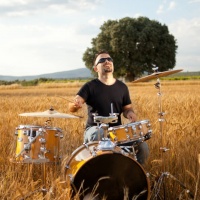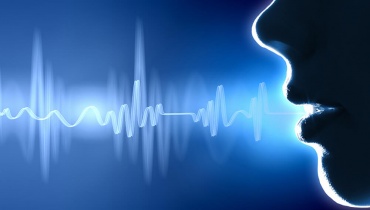Sound Energy
Turn Up the Volume
In a Flash

Shouting is a form of sound energy.
Sound energy
Sound is the movement of energy through a substance – like air or water – and is caused by vibrations. Solids, liquids and gases transmit sound as waves.
Burning Questions
What is sound energy?
Sound energy is the movement of energy through a substance in waves.
How does sound energy travel?
Sound energy travels in the form of waves. Unlike light energy, sound cannot travel through a vacuum, because there are no atoms to transmit the vibration.
Think of it like a Group Wave at a sports stadium.
Each person that continues the wave is like an atom passing on the vibration. No people means the Wave can't keep going – just like no atoms (such as in a vacuum) means sound waves can't keep moving.
Sound can be transmitted by solids, liquids and gases, as these all have atoms to pass on the vibrations.
How is sound energy produced?
Sound energy is produced when a force causes an object or substance to vibrate. The energy is then transferred through the substance in waves, called sound waves.

Sound waves, like group waves, can only travel if something passes the wave on
What are some examples of sound energy?
You can produce sound energy right now!
Here are some examples of how:

Talk or sing

Clap your hands

Stomp your feet

Play a musical instrument
What Do You Mean?

Music is a form of sound energy.
Sound energy is the movement of energy through a substance in waves.
A vacuum is a space that contains absolutely no matter.
Vibrations are what cause sound energy.
Speedy Summary

Vocal sound energy is created when expelled air from our lungs passes through the vocal folds.
Sound energy is the movement of energy through a substance – such as air or water – in the form of waves. It is produced when a force causes an object or substance to vibrate.
Teacher's Toolkit
Take this to the classroom!
Curriculum ready content.